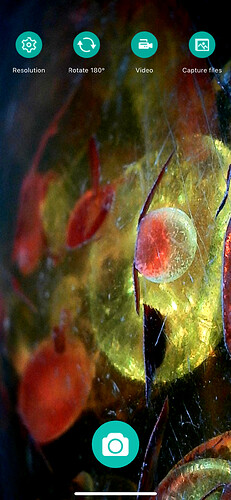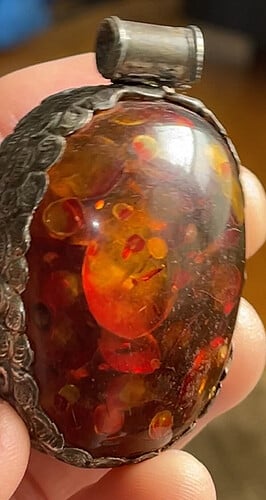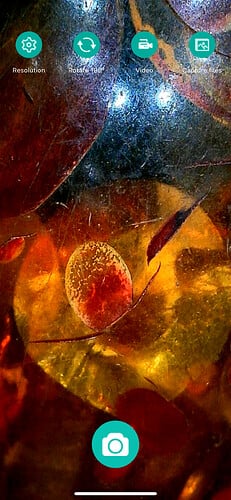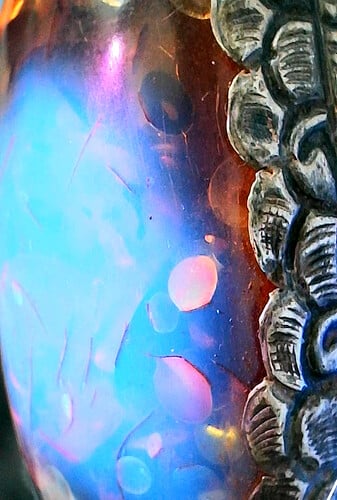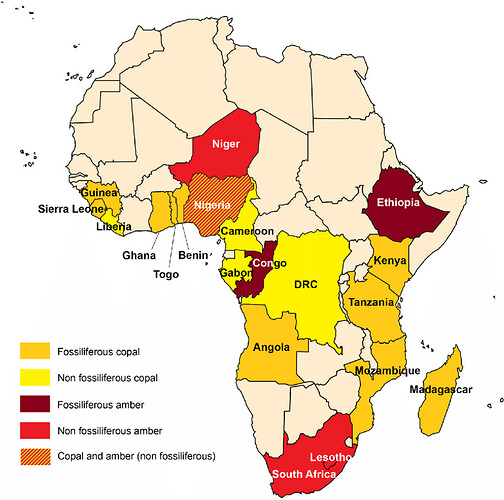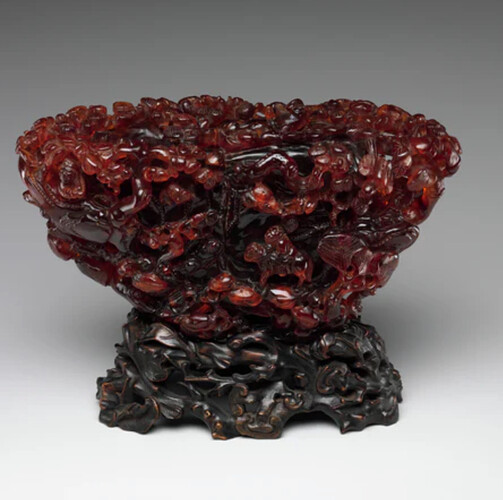That area is absolutely central to these ancient trade routes, as you point out. Note that it was culturally, genetically, and linguistically highly diverse, and largely not Egyptian, and remained so until Ptolemy. Well, said better, it became far less diverse and complex under Ptolemy, but that’s another story, and not a pleasant one.
These routes existed since well before the Old Kingdom (and well before what’s known as the “Naddaqa” periods that predate “Egypt” as it is generally known. The Egyptians appears to have been perfectly fine taxing the trade and enjoying the products, but were never particularly active participants. Various Yemen and Ethiopia region peoples, as you point out, were super active participants; the Bronze Age (and likely earlier) terrestrial routes to the north of the Red Sea appear to primarily have ran through 1. Alexandria, and 2. northeast through Saba and into the Nubian regions to Petra. There are other paths that are knowable, but to your point, it’s a complex picture.
There was almost certainly Westward legs through what is now the horn of Africa, and both land and sea routes at least as far south as Madagascar (the earlier Western historical assumption that Madagascar was populated around 1400AD was way off the mark. It is still not certain exactly when it was first populated but it was at least as early as the early Bronze Age - Id have to dig up the paper to remember exactly- and despite being highly 600 miles off the coast of Continental Africa, the predominant genetic profile of the currently known founding population is unambiguously Oceanic (from the interior of Borneo, Java, and Bugis, peoples broadly in the Oceanic world, but today largely in South Sulawesi).
The whole picture is insanely complex and sophisticated, it is arguable that there was a meaningful regression in complexity and sophistication by the time of the Iron Age. The trajectory was not linear and progressive in the least.
Anyhow, I ramble. Yeah, I hope to get a readable book written. None of this requires any expertise or credentials to understand and enjoy learning about (if that’s your thing). My hope is to write for readers like that, but keep it all thoroughly evidence base and absent speculative “ancient mystery” stuff. The story doesn’t need that kind of thing, the reality is more interesting.
By far one of the most information rich (and not politicized or revisionist) texts documenting these routes post Ptolemy is The Pluribus of the Ethythraean Sea by an anonymous Greek trader and Egyptian citizen.
(Periplus of the Erythraean Sea - Wikipedia). If you read it, I suggest getting a version with extensive footnotes, preferably complied in the late 19th or early 20th century. We’ve digress in our understanding of this region since that time, surprisingly.
